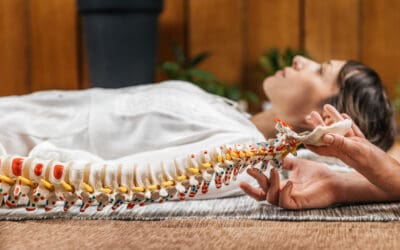Pianist back pain is a common yet often overlooked issue that affects many musicians. This condition, resulting from long hours at the piano, can range from mild discomfort to debilitating pain, impacting performance and quality of life.
Understanding Pianist Back Pain
Typically, pianist back pain stems from the strain of prolonged sitting and maintaining poor posture while playing. This can lead to muscle imbalances and strain in the back.
Identifying the Causes of Pianist Back Pain
The primary causes of pianist back pain include improper seating, lack of ergonomic support, and continuous play without sufficient breaks, leading to increased strain on the back muscles.
Effective Strategies for Preventing Pianist Back Pain
Preventing pianist back pain involves a combination of proper posture, ergonomic adjustments, and regular breaks. It’s essential to maintain a neutral spine position and ensure that the piano bench supports this posture.
- Adjusting the Bench: Ensure the bench is at the correct height and distance from the piano.
- Posture Correction: Maintain a straight back and avoid leaning too far forward or backward.
- Regular Breaks: Take short breaks every 30 minutes to stretch and move around.
Treatment Options for Pianist Back Pain
Treating pianist back pain often involves a mix of physical therapy, exercises, and sometimes medical intervention. Stretching exercises, yoga, and Pilates can be particularly beneficial in alleviating pain and strengthening the back muscles.
- Physical Therapy: Tailored exercises to strengthen back muscles and improve posture.
- Home Remedies: Applying heat or cold packs to reduce inflammation and relieve pain.
- Professional Consultation: Seeking advice from a healthcare professional if pain persists.
Incorporating Ergonomics in Piano Practice
Ergonomics play a crucial role in preventing and managing pianist back pain. Using an adjustable bench, ensuring proper lighting, and positioning the music stand at eye level can significantly reduce strain on the back.
- Ergonomic Seating: Choose an adjustable bench for better spinal alignment.
- Proper Lighting: Avoid straining the back due to poor visibility.
- Music Stand Positioning: Keep the stand at eye level to avoid bending.
Pianist Back Pain in the Home Environment: Managing and Preventing
With the increasing trend of working and practicing from home, it’s important to create an ergonomic and supportive environment to prevent pianist back pain. This includes setting up a dedicated practice area that promotes good posture and reduces strain on the back.
Seeking Professional Help for Pianist Back Pain
When home remedies and ergonomic adjustments are not enough, it may be necessary to seek professional help. Physiotherapists, chiropractors, and other specialists can provide targeted treatments and advice to manage pianist back pain effectively.
Conclusion: A Comprehensive Approach to Managing Pianist Back Pain
Managing pianist back pain requires a holistic approach, encompassing proper posture, ergonomic practices, regular physical activity, and professional guidance when needed. By addressing the root causes and incorporating preventive measures, pianists can enjoy their passion without the discomfort of back pain.




